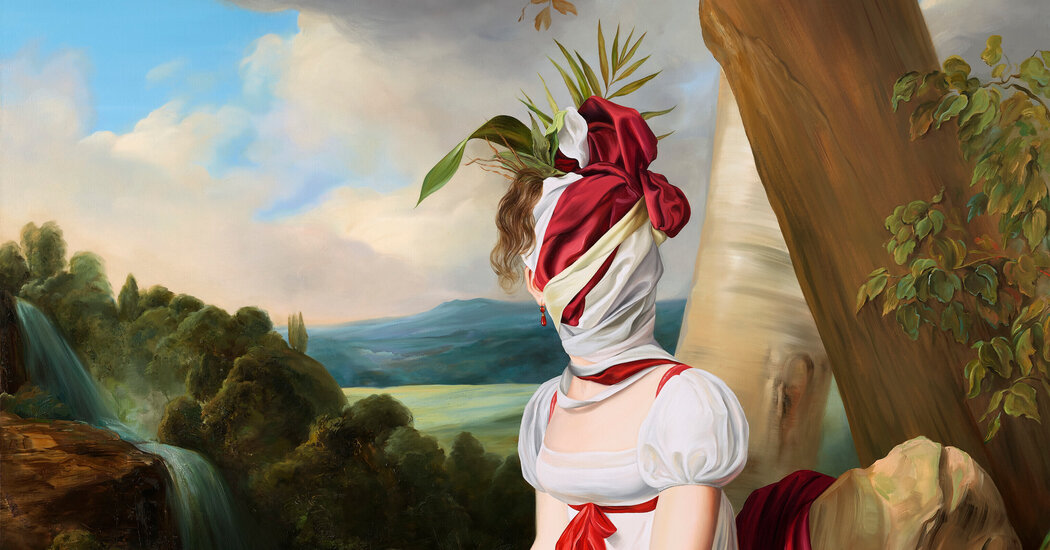
Do this right and you can even make a profit. As the market reporter Katya Kazakina recently explained in Artnet News, galleries with a hot market star on their hands increasingly favor collectors who can “buy one, give one”: in other words, purchase two works in a show and commit to donating one to a public museum. If you give the second painting immediately to a nonprofit, you can deduct only the purchase price from your taxes — but if you wait a year, then you can deduct its “fair market value,” that is, the price it would fetch on the auction block. Given the yawning disparity between gallery and auction prices, this means that, if the museum accepts, everyone comes out a winner: The artist gets her work in a museum, the dealer gets paid faster, and the collector gets a hefty write-off.
But are these paintings — and it’s painting, more than all other media, that participates in this shell game — worthy of entering a museum at all? That’s a determination only history can make, but I’d observe that the time between a new work’s creation, digital dissemination, purchase and resale has become so compressed that the old legitimation mechanisms simply cannot function. It may sound anti-elitist, but it’s really a displacement of one elite (museums, with larger libraries) by another (bidders, with much larger checkbooks), and it forms part of a larger, and, in the end, hazardous cultural reversal in which numerical measurements, measured in dollars or in likes, are the only records of quality or importance. They may be marketed as the next Basquiat, but a lot of these paintings feel more like the 1 percent’s version of the Museum of Ice Cream: a digitally circulated petty amusement, though one that may cost the same as a house in Deer Valley.
You remember Oscar Wilde’s aphorism from “Lady Windermere’s Fan”: The cynic knows the price of everything and the value of nothing. Culture was one of the last domains in neoliberal times that tried, at least a little, to hold up a distinction between the two, between, to put it bluntly, the market and our lives. The cynics of this digital age have had their ultimate victory by rendering price and value synonymous, and we’re in serious trouble if our cultural institutions, on the altar of inclusion and anti-elitism, accelerate their own capitulation to acclaim via algorithm.
Here is the game: Collectors are harnessing the last remaining drops of social esteem and refinement associated with museums to promote what the Harvard historian Benjamin H.D. Buchloh, in an earlier moment of crazy painting prices (the ’80s), called “the luxury products of a fictitious high culture.” And here is the corollary: It is painting, not the NFT, that became the archetypical medium of personal marketing and digital folly.


More Stories
Southwest’s epic holiday meltdown could cost it $825 million
From orphans to best friends, Woodland Park Zoo welcomes new bear cubs
Tacoma zoo welcomes new Sumatran tiger